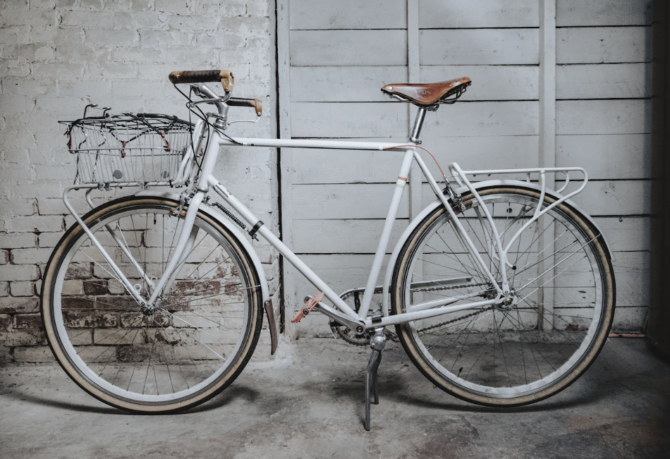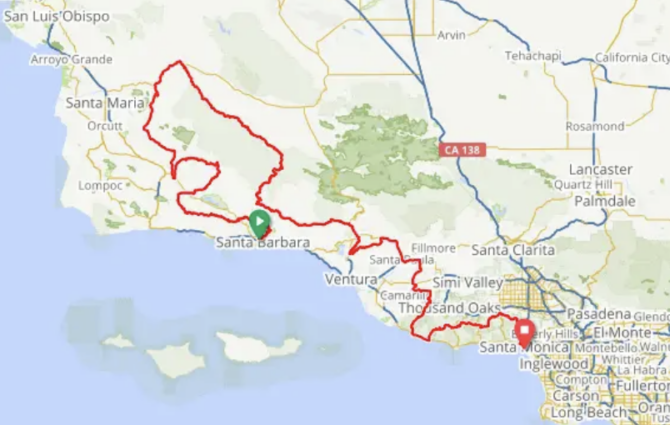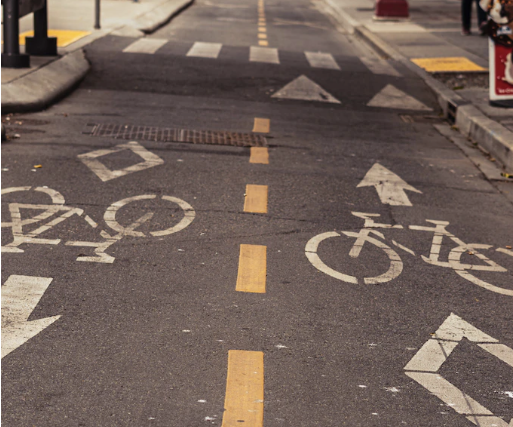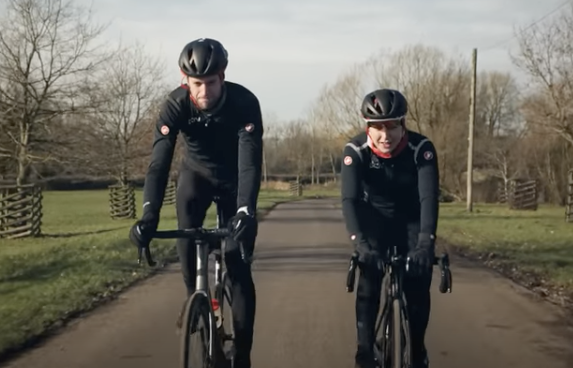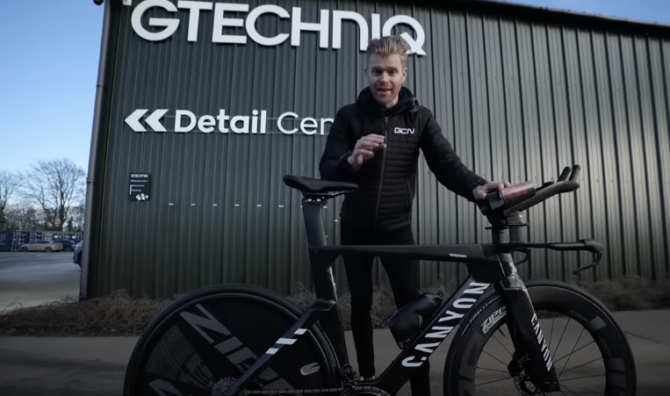From BikeRadar.com
Deputy editor Jack Luke on his essential kit for any commuter bike
Cycling to work comes with many benefits – it will save you money, it’s good for the environment, it’s beneficial for your physical and mental health, and is usually faster.
While any bike can be used for commuting duties, it’s worth buying (or building) a dedicated commuter bike if it’s a regular fixture of your working week.
A specific commuting bike prevents wear on your pride and joy, and you’re more likely to fit dorky practicality-boosting accessories without the fear of abuse from friends.
That final point is critical – carefully selected accessories are what separates a run-of-the-mill bike from a true super commuter.
If you’re setting up a commuting bike, these are the six must-have accessories that will make your ride more enjoyable, safer and, in the long run, cheaper.
1. Mudguards
I’ve said this many, many times before, but life is simply too short to ride without mudguards.
The best mudguards keep you and your bike dry, prolonging the life of consumable parts and boosting morale.
You are much more likely to commit to riding year-round if you know you’ll arrive dry(ish). It also usually negates the need to change clothes when you arrive at work.
Provided they’re installed well, full-cover mudguards will last for years of rattle-free service.
2. Cargo-carrying capabilities
There’s nothing wrong with carrying your stuff in a backpack but, if you’re a regular commuter, it’s worth investing in some kind of luggage system for your bike.
There are many ways to carry stuff comfortably on your bike, shifting weight off your back.
Pannier bags mounted to a rack are good for heavier loads. If you only have a small amount of stuff, a little handlebar-mounted basket will suffice.
I prefer a large platform-style front rack with a basket. A custom-made bag then fits inside this.
This is a better option for me, because I don’t like the ‘tail wags the dog’ sensation of riding with rear-mounted panniers (particularly on a flexible frame). I like being able to see my stuff when riding, too.
I also think this setup looks cool – and I’m a fashion victim. Make of that what you will.
Photo by Kelly Sikkema on Unsplash

